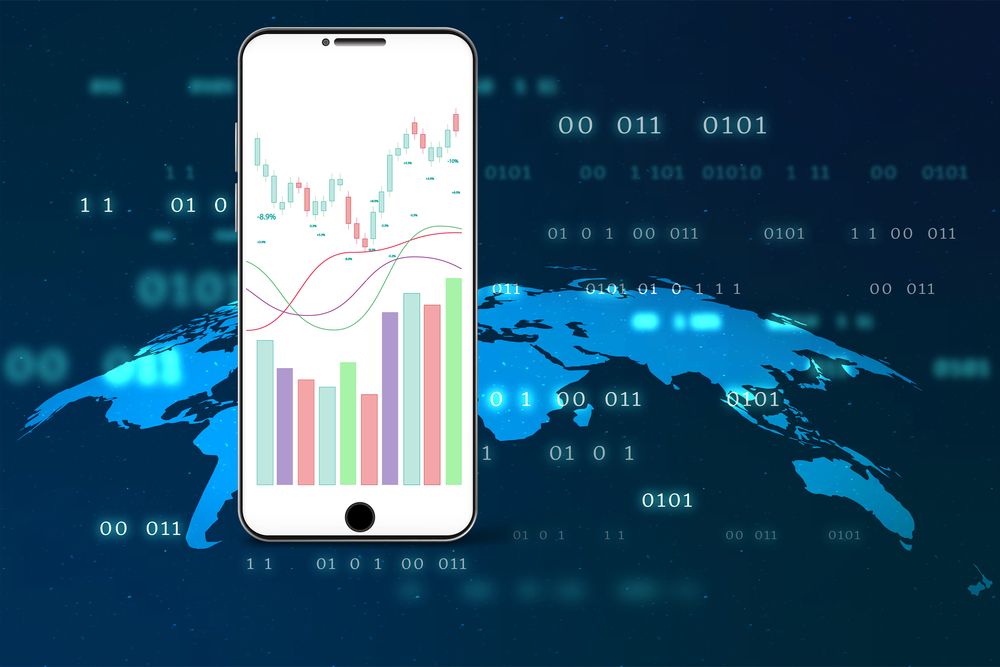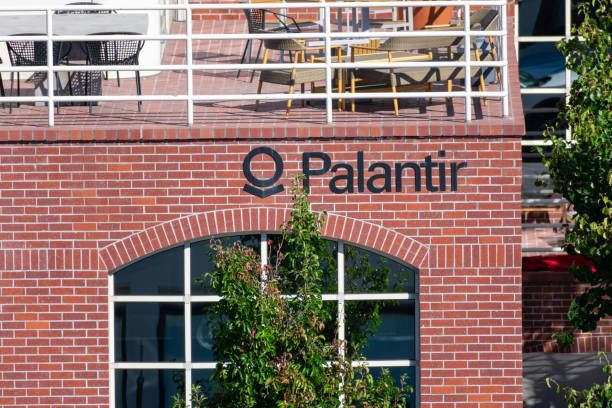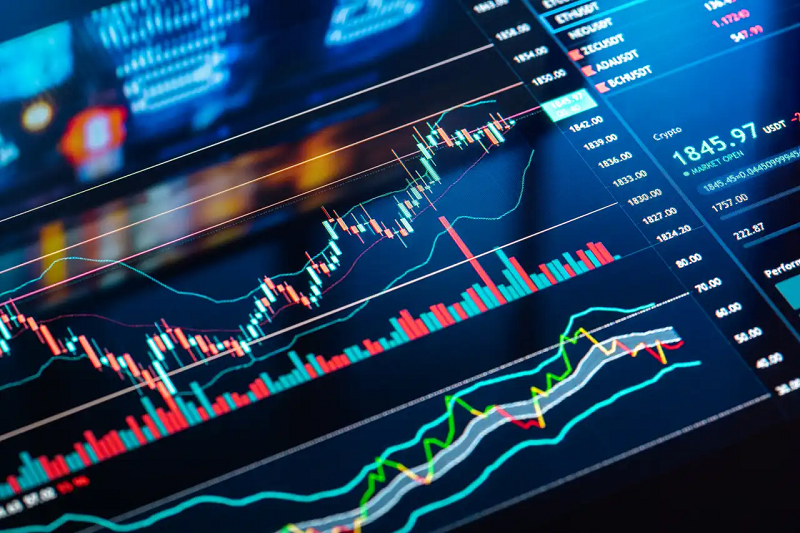Street Calls of the Week: Nasdaq double upgraded, Bloom Energy cut

Investing.com -- Here is your Pro Recap of the top takeaways from Wall Street analysts for the past week.
InvestingPro subscribers always get first dibs on market-moving AI analyst comments. Upgrade today!
Monday - US Markets Closed for Labor Day Holiday
Southwest Airlines
What happened? On Tuesday, Evercore upgraded Southwest Airlines Company (NYSE:LUV) to Outperform with a $35 price target.
*TLDR: Capacity discipline and new revenue initiatives like assigned seating and premium economy, with strong fleet value expected to aid margin and return restoration over the next three years. The analyst anticipates firmer domestic unit revenue trends by the end of September.
What’s the full story? Evercore upgraded LUV shares to Outperform from In Line, citing the company’s shift towards capacity discipline and new revenue initiatives, such as assigned seating and premium economy, to be detailed at the upcoming investor day on September 26. The analyst highlights the strong underlying fleet value, both existing and in the order book, which the company may emphasize through transactions aimed at restoring margins and returns over the next three years. This transition is expected to better match supply with demand, with industry capacity growth projected to be around 1% in September and October, down from high single digits in July and Q2 2024.
The analyst anticipates firmer domestic unit revenue trends by the end of September and seeks increased exposure to LUV shares. Despite this positive outlook on LUV, Evercore maintains enthusiasm for other top picks, including Delta Air Lines Inc (NYSE:DAL), United Airlines Holdings Inc (NASDAQ:UAL), Copa Holdings (NYSE:CPA), and Sun Country Airlines Holdings Inc (NASDAQ:SNCY), noting that structural improvement wildcards remain a factor in their analysis.
Outperform at Evercore means “the stock is expected to outperform the average total return of the analyst's coverage universe over the next 12 months.”
Nasdaq
What happened? On Wednesday, BofA Securities double upgraded Nasdaq Inc (NASDAQ:NDAQ) to Buy with a $90 price target.
*TLDR: BofA analysts highlight that management has built a portfolio of high-growth software and information services businesses. After mid-single digit EPS growth in 2022-23, analysts forecast 10-15% EPS growth in 2025-26, driven by strategic positioning and expected IPO resurgence.
What’s the full story? BofA analysts highlight that management has successfully assembled a portfolio of wide-moat and high-growth businesses in software and information services. Despite only 19% of the estimated 2024 revenue coming from trading, the stock continues to trade in line with its lower-growth traditional peer group of exchanges, suggesting a potential rerating. The analysts also anticipate a rebound in IPOs following the US presidential election, which would benefit the company’s listings business and associated cross-sells.
After experiencing mid-single digit EPS growth in 2022-23, the analysts forecast an acceleration to 10-15% EPS growth in 2025-26. This optimistic outlook is based on the company’s strategic positioning and the expected resurgence in IPO activity, which should drive significant growth in the coming years.
Buy at BofA means “Buy stocks are expected to have a total return of at least 10% and are the most attractive stocks in the coverage cluster.”
Xpeng Inc .
What happened? On Thursday, JPMorgan (NYSE:JPM) upgraded Xpeng Inc (NYSE:XPEV) to Overweight with an $11.50 price target
*TLDR: JPM expects new models in Q4 2024 to boost quarterly deliveries from 45,000 to 80,000 units, positively impacting the valuation multiple JPM cautions that share price sustainability depends on sales growth and margins.
What’s the full story? JPMorgan analysts anticipate that the upcoming new models in Q4 2024, Mona M03 and P7 Plus sedans, will boost quarterly deliveries from approximately 45,000 units in Q3 2024 to around 80,000 in Q4 2024. This increase is expected to positively impact Xpeng’s valuation multiple. Looking ahead to 2025, the analysts estimate that sales volume could exceed 300,000 units, a 72% year-over-year increase from 180,000 units in 2024, although they acknowledge the competitive landscape could affect visibility.
The analysts note that Xpeng’s share price, along with its Chinese peers, will likely be sensitive to volume and new model momentum. They draw parallels to a similar event in 2023 when Xpeng launched the popular G6 sport SUV, which led to a 30% stock appreciation driven by multiple expansion. They caution that while a similar share price trend may occur towards the end of the year, the sustainability of potential share price appreciation will depend on sales growth and margins.
Overweight at JPMorgan means “J.P. Morgan uses the following rating system: Overweight (over the duration of the price target indicated in this report, we expect this stock will outperform the average total return of the stocks in the Research Analyst’s, or the Research Analyst’s team’s, coverage universe).”
Bloom Energy
What happened? On Friday, Jefferies downgrade Bloom Energy Corp (NYSE:BE) to Hold with a $11 price target
*TLDR: Concerns about backlog , expiration of the ITC in 2024, and minimal transparency around partnership with SK Group. The analyst reduces 2025 and 2026 topline estimates by 15% to 25% below consensus due to unclear orders.
What’s the full story? Jefferies cut Bloom Energy to Hold citing uncertainty regarding the company’s backlog, the expiration of the Investment Tax Credit in its current form in 2024, and minimal transparency around its partnership with SK Group. While acknowledging the potential for the data center theme to benefit Bloom Energy, recent minimal orders highlight the risks associated with a refresh of disclosures.
Due to the lack of clarity on orders, Jefferies has reduced its 2025 and 2026 topline estimates, positioning them 15% to 25% below consensus. The analyst’s cautious stance reflects the potential risks and uncertainties facing Bloom Energy in the near term.
Hold at Jefferies means “Describes securities that we expect to provide a total return (price appreciation plus yield) of plus 15% or minus 10% within a 12-month period.”







